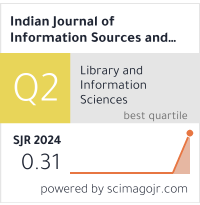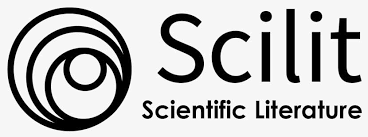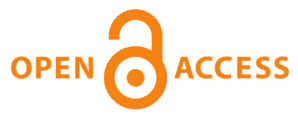Developing A Tourism Information Portal Using Web Technologies and Database Management
DOI:
https://doi.org/10.51983/ijiss-2024.14.3.10Keywords:
Tourism, Tourism Management Information System, Destination ManagementAbstract
The quality and variety of the infrastructure at a place has a big impact on tourism. An essential component of the tourism sector, infrastructure has a unique influence on the growth of this rapidly developing sector. Many nations have realised how important infrastructure is to the travel and tourist sector, and as a result, their governments have partnered with the sector to provide infrastructure that is specifically needed for travel. The sites that draw tourists in the first place, where tourism is delivered, where businesses are located, and where tourists consume the product are all considered destinations. The design and implementation of a tourism information portal using web technologies and database administration is presented in this study. The portal's goal is to give travellers a thorough and intuitive way to get information about travel destinations, lodging options, and activities. Database design, web application development, and the integration of pertinent technologies like HTML, CSS, JavaScript, and PHP are all part of the development process. User testing and feedback are used to assess the portal's usability and functionality. The outcomes show how successful the portal is at delivering precise and current information, improving the traveler experience, and encouraging destination management. The study emphasises the use of web technologies and database management in tourism marketing and management, and it advances the development of tourism information systems.
Downloads
Published
How to Cite
Issue
Section
License
Copyright (c) 2024 The Research Publication

This work is licensed under a Creative Commons Attribution-NonCommercial-NoDerivatives 4.0 International License.









